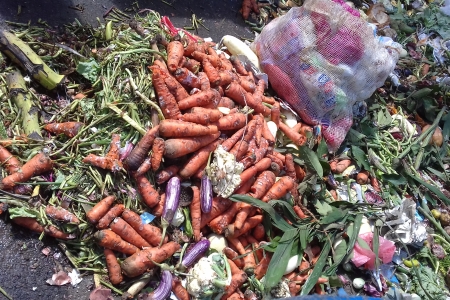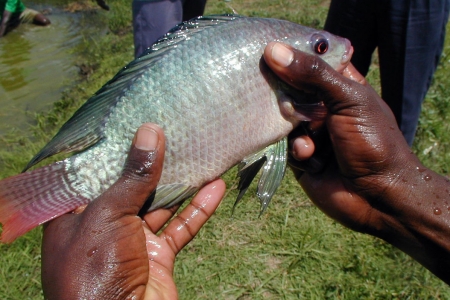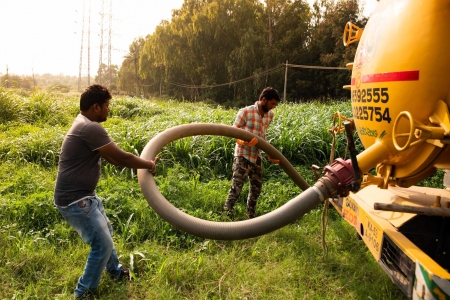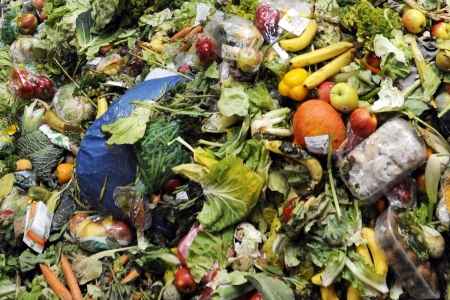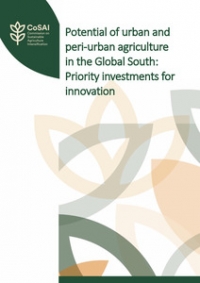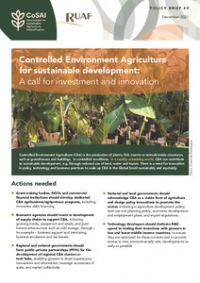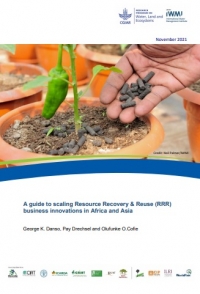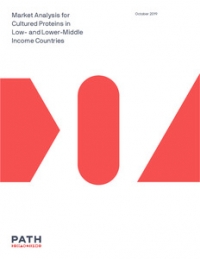Agriculture is the single biggest user of freshwater; the intensification of crop and livestock production in recent decades has exerted an especially profound impact on water quality, with major negative implications for human and ecosystem health.
At the same time, in a world of growing water scarcity, wastewater is the only source of usable water that keeps increasing. Perhaps there’s a way to square this difference.
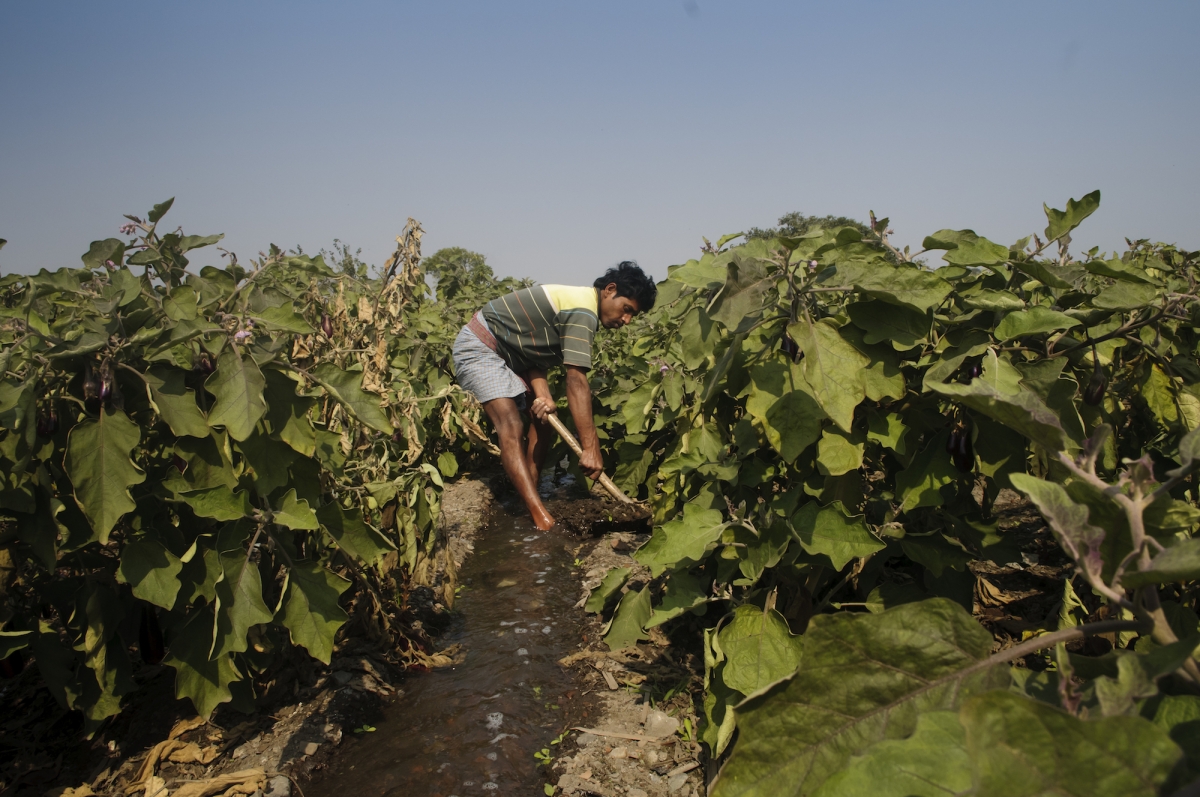
The theme for this year’s World Water Day (WWD) is wastewater, the management of which figures importantly among the Sustainable Development Goals (SDGs), particularly SDG 6, which includes a target to “improve water quality” by “reducing pollution,” while also “halving the proportion of untreated wastewater and substantially increasing recycling and safe reuse globally.”
A major highlight of this year’s WWD is the launch of the United Nations World Water Development Report 2017: Wastewater/The Untapped Resource. The report includes research from the International Water Management Institute (IWMI) and WLE that underlines the importance of improved wastewater management. Our researchers contributed significantly to the report as a whole and particularly to five of its 18 chapters.
Chapter 7 on Agriculture in particular was co-authored by us and the Food and Agriculture Organization of the United Nations (FAO), a core partner of WLE. This chapter covers the agriculture’s complex role as both a source of water pollution and major user of wastewater, with significant risks as well as enormous potential benefits for people living in the continuum between rural and urban settings.
Risks and remedies
The chapter shows the multiple ways in which farming contributes to water pollution, including excessive application of chemical fertilizers (regarded by some as having exceeded “planetary boundaries”), pesticide misuse and major water salinity problems associated with increased irrigation. On top of these longstanding water woes, the report calls attention to various new agricultural pollutants, such as antibiotics, vaccines and hormones.
In the face of ongoing risks, the report also proposes a set of remedies, starting with concerted efforts to close knowledge gaps. For most river basins in developing countries, no one has thoroughly assessed the contribution of agriculture, livestock and aquaculture to water pollution. Sustained research and modeling to clarify pollutant sources, pathways and impacts are essential for enabling governments to understand the problems and take appropriate policy actions across the relevant ministries. Among these measures are regulations as well as economic instruments aimed at offering farmers’ strong incentives to adopt practices that limit pollution and enable waste from one enterprise to serve as an input for others, contributing to a circular economy.
Agriculture is not just the villain of the piece, however, but as a major wastewater user, also figures as a victim. In response to rising demand for agricultural products, farmers resort increasingly to irrigation with domestic and municipal wastewater. With its high nutrient content, this water helps maintain soil fertility as well. The danger is that, in the absence of proper safety measures, wastewater pollutants can accumulate in crops, livestock products and natural resources, leading to severe health problems for farmers and consumers. On the other hand, if adequately handled, this resource can help strengthen food security and enhance livelihoods.
Wastewater use in agriculture – already common in peri-urban areas of water-scarce countries – shows enormous potential for expansion. To reduce the considerable health and environmental risks involved, scientists with the World Health Organization (WHO), FAO and IWMI promote a “multiple-barrier approach” that includes, not only treatment, but also a series of other steps, such as safe irrigation and food handling. The idea is that, even if one measure is lacking, the others can still collectively ensure safety.
-scr/index.jpg?itok=a3MJjIXI)
Green infrastructure
Apart from its value for food systems, wastewater management also has much potential to enhance ecosystems through a new kind of symbiosis between urban and rural areas. One option is to use “green infrastructure,” such as constructed wetlands (as distinct from “grey infrastructure” or conventional treatment facilities), to purify water for drinking and other uses.
Returning the favor, resources recovered from wastewater – including nutrients and organic carbon – can help rejuvenate ecosystems, better enabling them to deliver economically and socially valuable services. Such planned reuse of wastewater, while already practiced in some countries, is still relatively new. To make this the norm requires novel policies and approaches that recognize the ecological value of wastewater.
A paradigm shift
Such changes form part of a wider paradigm shift – driven by rising water demand – that moves beyond “treatment and disposal” of wastewater to “reuse and resource recovery.” According to the UN Report, this alternative approach is gaining momentum, with the aid of scientific and technological innovations to which WLE and its partners contribute significantly.
A further challenge is to make the approach “economically feasible and attractive” by exploiting the “potential for cost recovery” in wastewater treatment. In Bangladesh, Ghana and other countries, for example, municipalities are recovering nutrients from fecal sludge through co-composting and pelletization, thus creating revenue streams that help cover the costs of improved sanitation.
What remains to be seen is whether markets for such products will emerge, giving rise to business opportunities. WLE and IWMI researchers cite many cases in which wastewater reuse has demonstrated business potential. They further posit a “ladder of increasing value propositions,” in which steadily increasing investment in treatment boosts the potential for cost recovery. The prospects are particularly bright for energy recovery because of its clear potential for reducing the operational costs and carbon footprint of wastewater treatment.
The notion of a circular economy is helping build momentum behind the shift toward water reuse and resource recovery. New technologies help translate the concept into a reality by creating opportunities to build viable business models. Putting these to work on a large scale requires that societies essentially “reinvent the economics” of wastewater and sludge treatment, and embark on major efforts to create new knowledge, innovations, capacities and awareness of the need for changed attitudes and behavior.




